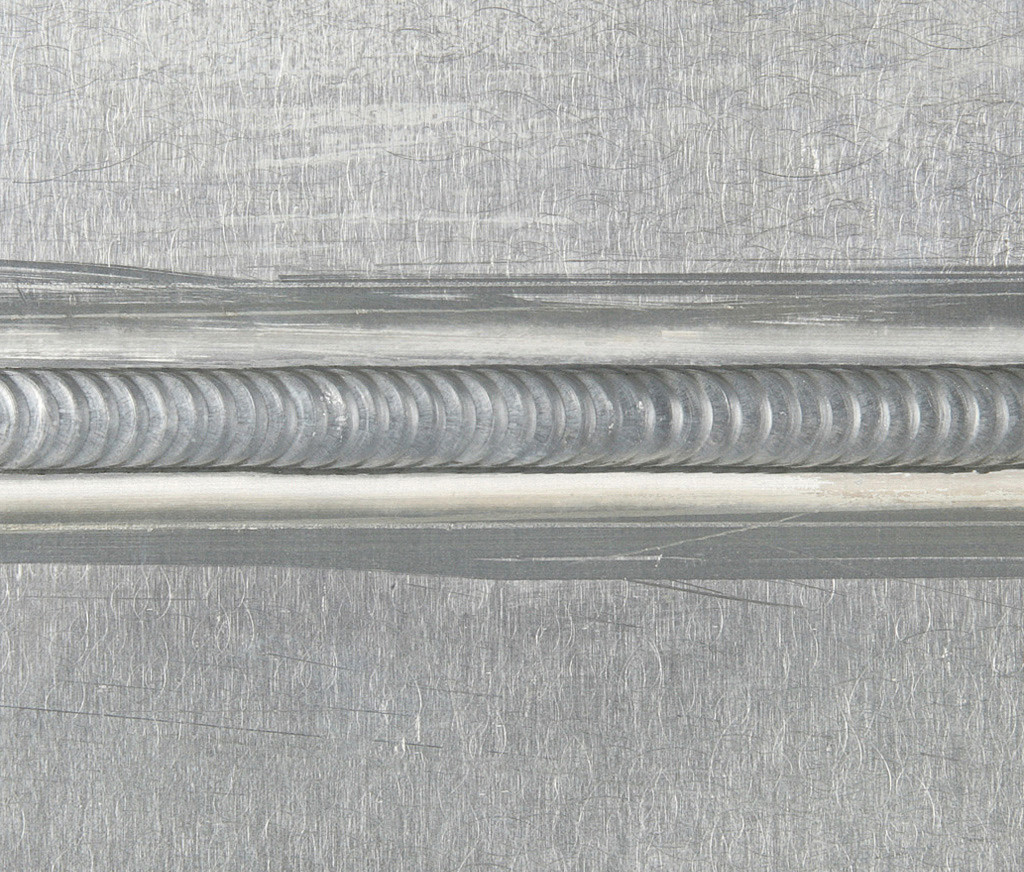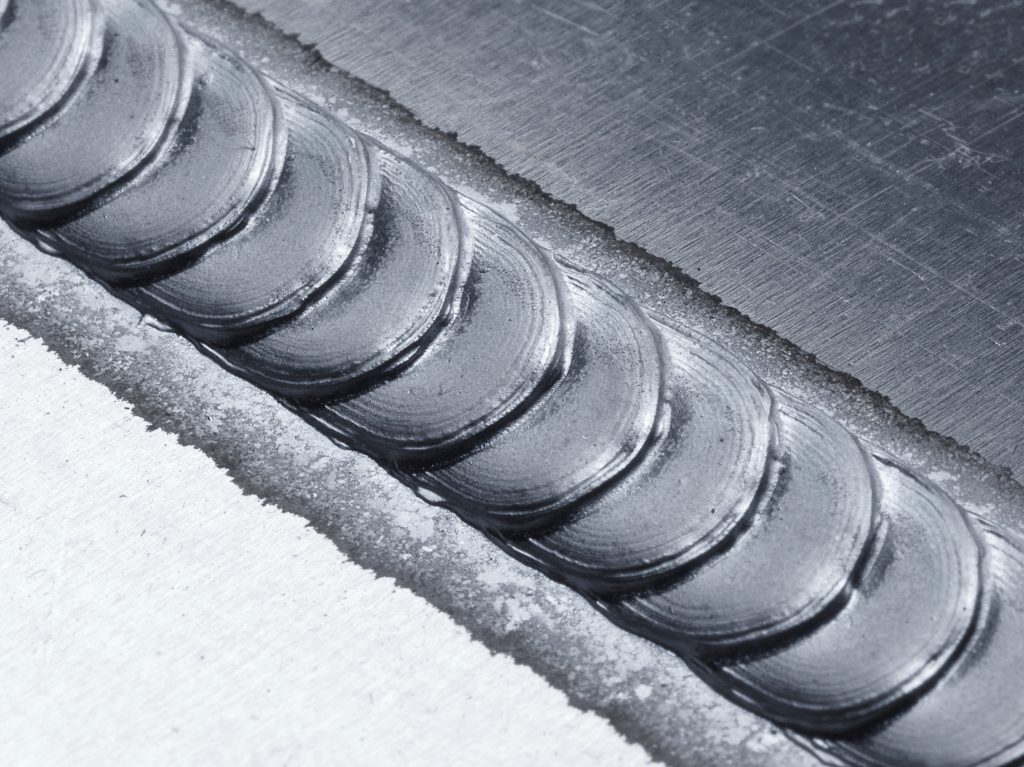
TIG welder and MIG welder are different forms of welding that have situational advantages and disadvantages. To find the way that’s best for you, look at your project goals and what you need to do to achieve that final product. Consider your experience in welding, what materials you’re working with, how much time you have for the project, and your budget.


Some of the differences between TIG and MIG welding include:
- Technique: The main difference between these methods is the technique used. TIG welding requires the welder to feed a separate filler material onto the weld with one hand while operating the torch with the other. With MIG welding, a wire electrode is continuously fed through the spool gun to create the weld.
- Difficulty: With TIG, you have to hold the welding torch in one hand and the filler material in the other, which makes it difficult for inexperienced users. MIG’s method of continuously feeding wire makes it an easier technique to handle than TIG.
- Object thickness: MIG can weld thicker metals faster than a TIG weld. If the metal you’re using is thin, TIG could be a better option.
- Types of metals: MIG welding works with most types of metals. You can use aluminum, stainless steel and mild steel. TIG welding is also compatible with these metals but works better with thinner gauge materials.
- Speed: TIG is a slower method but provides a higher level of detail. MIG is the faster method of welding, making it ideal for projects requiring higher production rates.
- Project size: The size of your project could determine which form of welding to choose. TIG welds are better for thinner metals and smaller projects because they produce precise and clean welds. MIG welds work well with larger projects with thick metals that need longer, continuous runs.
- Control: TIG welders need to have experience with timing and balancing materials in both hands. MIG is typically easier to control and is better for beginners.
- Costs: TIG is a more expensive method than MIG welding.
- Appearance: TIG welding is loved by many for its clean, beautiful finish. This type of welding is often used for artistic and ornamental purposes due to its attractive appearance.
- Equipment: The equipment is made differently, too. TIG and MIG welds have unique designs and components that fit them to their specific jobs.
Why Choose Perfwctpower for Your Welding Needs?
At PerfectPower Welding Machine & Manufacturing, we are a full-service job shop and repair company specializing in manufacturing large assemblies and subassemblies in prototype to full production quantities. In addition to our machining and grinding capabilities, our secondary services range from fabrication and welding to complete repair, replacement, and reassembly.
Our fully certified welders are well-versed in MIG and TIG welding and accommodate aluminum, carbon steel, and stainless steel materials. Some of the typical products we assemble and repair.
To learn more about our welding capabilities, contact us or request a quote today.



